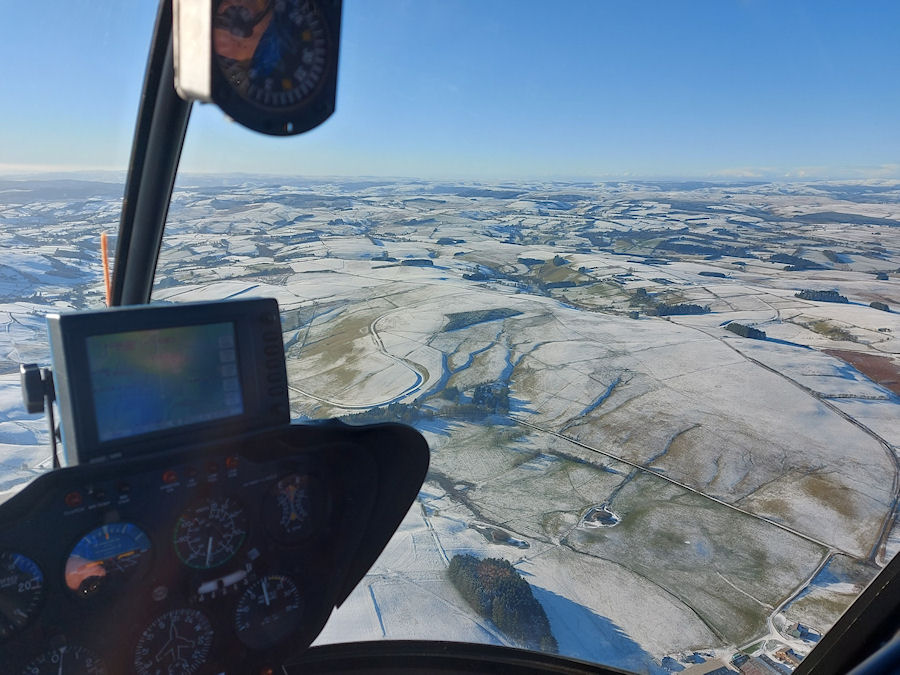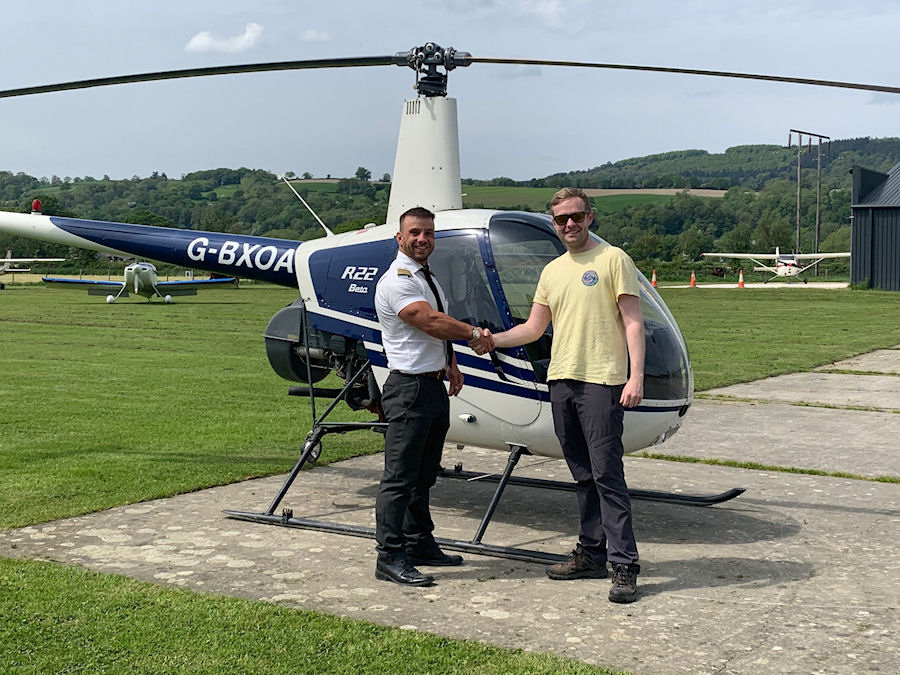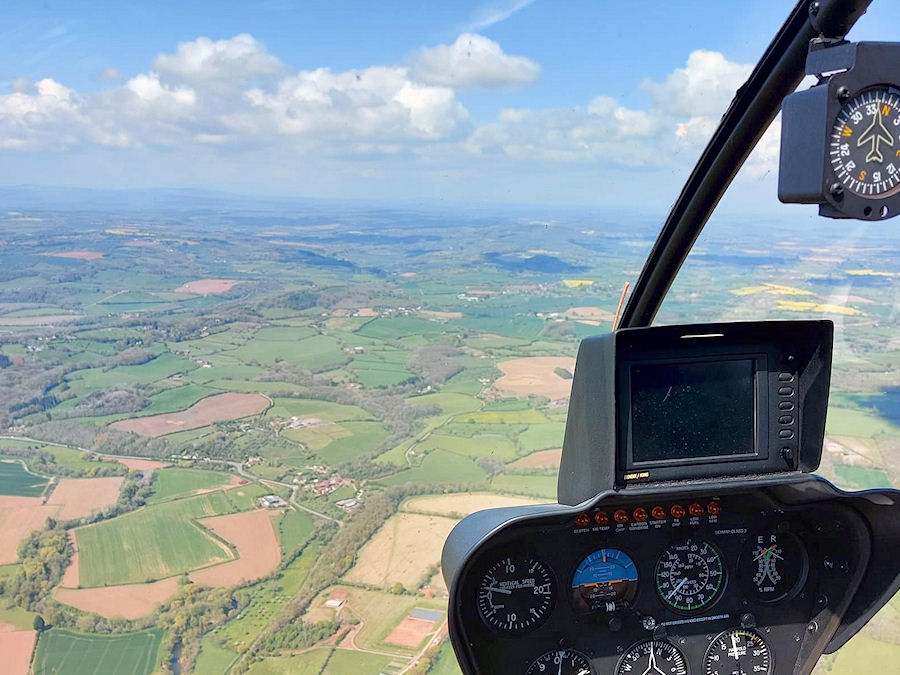Commercial Licence
You’ll need a total of 155 hours flying time before you can start your Commercial Flight Training course, accumulated through hour building.
During this period however, you also need to pass the commercial exams and it makes sense to have obtained a Class 1 medical quite sometime before this.
The Class 1 Medical
The initial issue of a Class 1 has to be obtained from the CAA medical department at Gatwick Airport. It’s pretty much an all day affair and your body and it’s workings are looked at in some detail, but once again most normal healthy people should expect to pass. At the time of writing they charge around £200 for this and the validity period of the certificate they issue you varies depending on your age. Subsequent revalidation’s of this medical are carried out by an AME local to you at much reduced cost.
If you goal is to be a Commercial Pilot then it worth getting a Class 1 at the earliest opportunity, i.e. at PPL level, before investing significantly in flight training.
The Commercial Exams
There are up to 13 of them, and there’s no getting away from them. They require more work than the PPL exams, although they are at least still multiple choice.
There are several specialist ground schools where pilots can study for these exams either by attending 2 to 4 week full time intensive courses, or self-studying through correspondence courses.
These exams must be passed before you embark on the CPL Flight Training course.
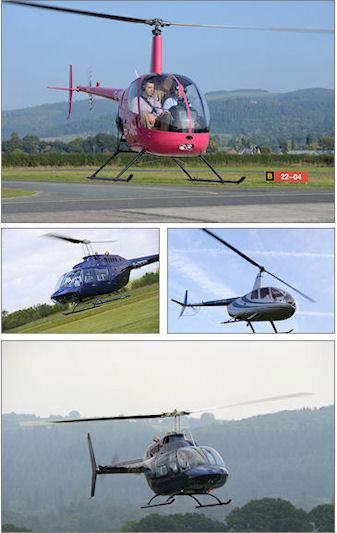
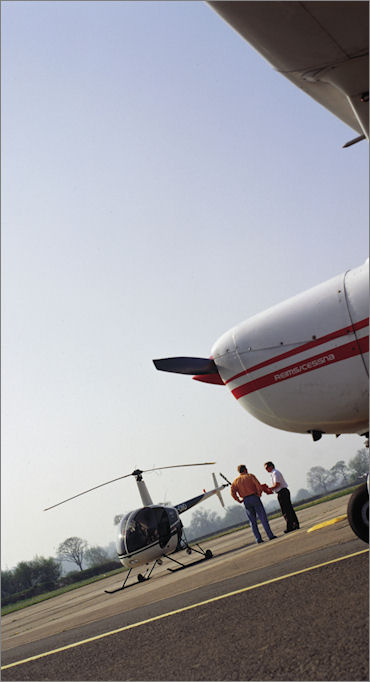
The Commercial Flight Training Programme
This is a 30hr modular training course plus 5 hrs night flying.
While there are many detailed requirements, broadly speaking the flying can be broken down as follows:
1 – 10hrs aircraft handling
The exercises learnt during the PPL are reinforced and perfected to a higher standard, in particular forced landings and advanced autorotations. Time is spent considering photographic and video work and the precise control of the helicopter during various flight attitudes whilst maintaining a stable photographic platform. Limited power and performance techniques are practiced and emergency procedures examined in detail.
2 – 10hrs simulated instrument flying
An extension to the 5 hrs instrument instruction received during the PPL course, including timed climbing and descending turns, unusual attitudes and autorotations.
3 – 10hrs navigational flying
The requirements here are quite specific and can be broken down into 4 elements:
A – Heading hold and site finding
Whilst maintaining a precise height, speed and heading and using different scale maps, the task is to efficiently fly to, identify and make an approach to, a designated hotel or house. A very practical exercise because as a commercial pilot you may well be asked to collect and transport clients to and from such venues.
B – Track Crawl exercise
This simulates things such as pipeline surveys and inspections. Low level flying maintaining a precise path over the ground.
C – Use of Navigational Aids
Identifying, intercepting and tracking navigational Aids
D – Diversion exercise
This effectively simulates a ‘return to base’ call and requires that whilst airborne and flying, you calculate a heading and estimated time of arrival for the return of the aircraft to a given destination.

